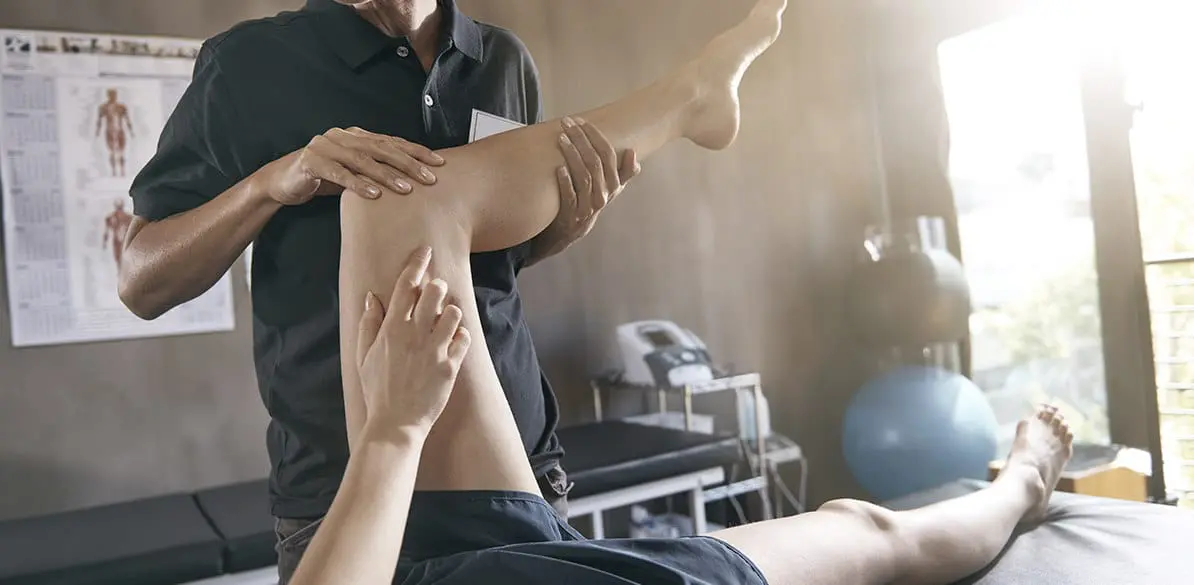Peripheral neuropathy and its limitations for driving

Roots
The radicular manifestation is mainly sensory, with permanent pain in the tract of the root or affected dermatoma, that is worsened by cough, defecation, mobilization of the rachis and maneuvers stretching the root.
When getting injured a segmental distribution weakness occurs, involving the muscles dependent on that root.
Lumbosciatic is a common condition due to disorders of the lumbar spine and the spinal nerve roots.
The protuberance of lumbar intervertebral disks, particularly L5-S1 and L4-L5, causes backache, abnormal positions and movement limitation.
Common sciatic neuralgia irradiates to the buttocks, posterior and external side of the thigh, leg and foot. It is usually unilateral and is associated with sensory disorders.
Sphincter disorders usually indicate an involvement of the medullary cone or the horsetail, but a wide central protuberance of a disk can also cause it.
The syndrome of the articular intervertebral facings is characterized by compression of the nerve roots without disk disease.
Chronic low-back pain can be caused by lumbar spondyloarthrosis that causes exostosis, narrowing of the marrow channel and compression of the nerve roots.
Cervicobrachial neuralgia corresponds to the impact of the discoradicular conflict over one of the roots of the brachial plexus, mainly C6, C7 and C8.
Cervical pain irradiating to the shoulder, contracture of the cervical muscles with neck stiffness, paresthesia, muscle weakness and sensory and reflex reduction occur.
Symptoms of irritation of the sympathetic chain can appear including lightheadedness, dizziness, tinnitus, blurred vision, retroocular pain, and facial or mandibular pain.
The causal and symptomatic medical therapy with analgesics, muscle relaxants and antiinflammatory causes that the pain disappears, though relapses are to be feared.
If the conservative therapy fails, surgical decompression is required. The results are generally good, but should be evaluated by the physician over time.
Plexuses
The injuries are similar to the involvement of several roots simultaneously.
Disorders of the anterior brachial plexus cause disability of the shoulder, and those of the posterior brachial plexus cause hand dysfunction.
Acute brachial neuritis causes supraclavicular pain, sensory disorders, and weakness, in the territory of the brachial plexus, particularly the anterior. The severe weakness subsides after a few months.
The involvement of the lumbosacral plexus leads to a mixed, motor and sensitive disorder of the lower limbs. This plexus can undergo a compression by a hematoma in patients on anticoagulation or affected by neurofibromatosis.
Advice on roots and plexuses
- The care includes resting, rehabilitation with physiotherapy and massages, and the precautions to prevent acute worsenings including driving advice.
- The patient should avoid low, soft chairs, and cushions under the knees.
- The car should have a comfortable, high seat, with a straight backing and a good headrest support.
- Pain and neurological or movement limitations will lead the physician to advise against driving.
- If the patient is in a period of anxiety or stress, all symptoms worsen and the control of the car decreases.
- The drugs used in the treatment of the symptoms of these clinical symptoms frequently have sedative effects, as is the case of benzodiazepines, clonidine, tricyclic antidepressants and major tranquilizers. In some cases, they can cause confusional states.
- The physician should warn the patient that, even though his symptoms have improved and he can drive, the maintenance therapy can cause significant, dangerous side effects, that can delay the start of driving, until the doses are reduced or the treatment discontinued.
- While the patient is symptomatic, he cannot drive.
- After surgery, the convalescence period remains to criterion of the physician for driving without limitations.
- The possible sequels should be evaluated and noted in a report, with the evolution of the patient and the indication in every review with regard to driving.
Peripheral nerves
The motor, sensory, and autonomous fibers are affected.
In polyneuropathies there is a distal, symmetrical affectation of the peripheral nerves. In mononeuropathies, a single nerve or scattered, on an asymmetrical basis, nerves are affected, and is called multiple mononeuropathy.
They are often associated with systemic diseases such as diabetes, alcoholism, liver disease, ischemic, metabolic collagen, toxic, and infectious diseases.
Also, certain drugs including amiodarone, vincristine, lithium, and cisplatin, among others, can cause neuropathy.
Advice on peripheral nerves
- While there are peripheral nerve disorders that reduce sensitivity or cause limitation in the movements necessary for driving, driving is not recommended until clinical recovery is complete.
- Definitive injuries of the peripheral nerves require a detailed medical report that specifies the exact sensory and motor disorder, to be able to assess the ability of the patient to drive, and act accordingly in his driving license.
Guillain-Barré syndrome or acute inflammatory polyradiculoneuritis
It is a medical emergency characterized by nerve and root demyelinization.
Its onset generally occurs in the legs, with rapidly progressive and symmetrical weakness, with areflexia and often distal paresthesia. The cranial pairs are affected in many cases.
The improvement is slow and can take months, and near half of the patients remain without sequels.
Advice on Guillain-Barré’s syndrome or acute inflammatory polyradiculoneuritis
- Until the disease has not subsided completely, the patient cannot drive.
- The cure with sequels should be associated with a well documented medical report, that allows for assessing the ability of the patient to drive.
